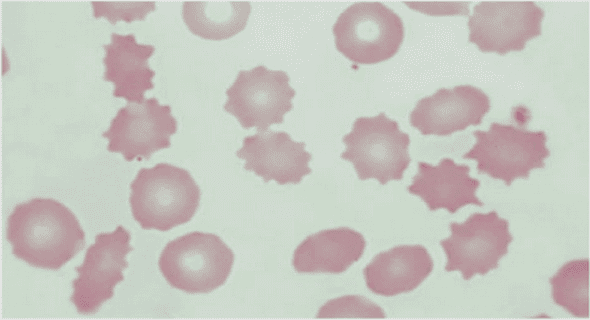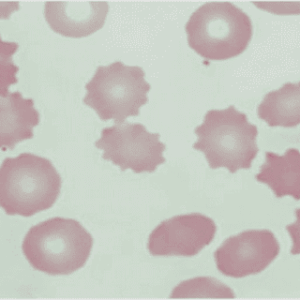(Downloads - 0)
For more info about our services contact : help@bestpfe.com
Table of contents
GENERAL INTRODUCTION
PART I: SCIENTIFIC BACKGROUND
I. Amino acid and protein metabolism
1. Amino acid metabolism
1.1. Digestion of dietary proteins
1.2. Interorgan amino acid metabolism
2. Protein metabolism and regulation by nutritional conditions
2.1.Protein Synthesis
2.1.1. Initiation
2.1.2. Elongation
2.1.3. Termination
2.1.4. The regulation of the translation at the initiation step
2.2 Protein Degradation
2.2.1. Lysosomal pathway
2.2.2. Ubiquitin-proteasome system
2.2.3. Other cytosolic proteolytic systems
II. Amino acids and their sensing elements
1. Functions of amino acids
2. Amino Acid Sensing Pathways
2.1. The mTOR Transduction Pathway
2.1.1. The mTOR signaling pathway
2.1.2. Effect of nutritional conditions on mTOR transduction pathway
2.1.3. The Role of mTOR in the regulation of translation
2.1.4. The Role of mTOR in the regulation of translation proteolysis
2.2. The AMPK Transduction Pathway
2.2.1. The AMPK signaling pathway
2.2.2. Effect of nutritional conditions on AMPK transduction pathway
2.2.3. The Role of AMPK in the regulation of translation
2.2.4. The Role of AMPK in the regulation of translation proteolysis
2.3. The GCN2 Transduction Pathway
2.3.1. The GCN2 signaling pathway
2.3.2. Effect of nutritional condition on GCN transduction pathway
2.3.3. The role of GCN2 in the regulation of translation
2.3.4. The role ofGCN2 in the regulation of translation proteolysis
3. Amino acid transporters and their role as nutrient sensors
III. Relation between protein metabolism and regulation if energy metabolism
1. The role of mTOR in the regulation of energy metabolism..
2. The role of AMPK in the regulation of energy metabolism
3. The role of GCN2 in the regulation of energy metabolism
PART II: PERSONAL WORK
I. The effect of amino acid levels on translation and the transduction signaling pathways involved in these effects in the liver
1. Respective role of amino acids, insulin and glucose in the effect of HP diet on translation and the identification of the signaling pathways involved in these effects in rat liver
Publication 1: mTOR, AMPK and GCN2 coordinate the adaptation of hepatic energy metabolic pathways in response to protein intake in the rat
2. Complementary results
2.1. Identification of the amino acid signals
2.2. Effect of AICAR and Rapamycin on the mTOR, AMPK and GCN2 transduction pathways
II.Effect of high protein intake and amino acids on the proteolysis
1. Effect of high protein diet, amino acid and insulin on proteolysis and protein ubiquitination in liver
1.1 Role of mTOR and AMPK signaling pathways in the control of ubiquitin proteasome pathway in response to the increase of amino acid concentrations and insulin
Publication 2: Down-regulation of the ubiquitin-proteasome proteolysis system in response to amino acids and insulin involves the AMPK and mTOR pathways in rat liver hepatocytes.
PART III: DISCUSSION AND CONCLUSION
1. General discussion
2. General conclusion
3. Perspectives
REFERENCES



